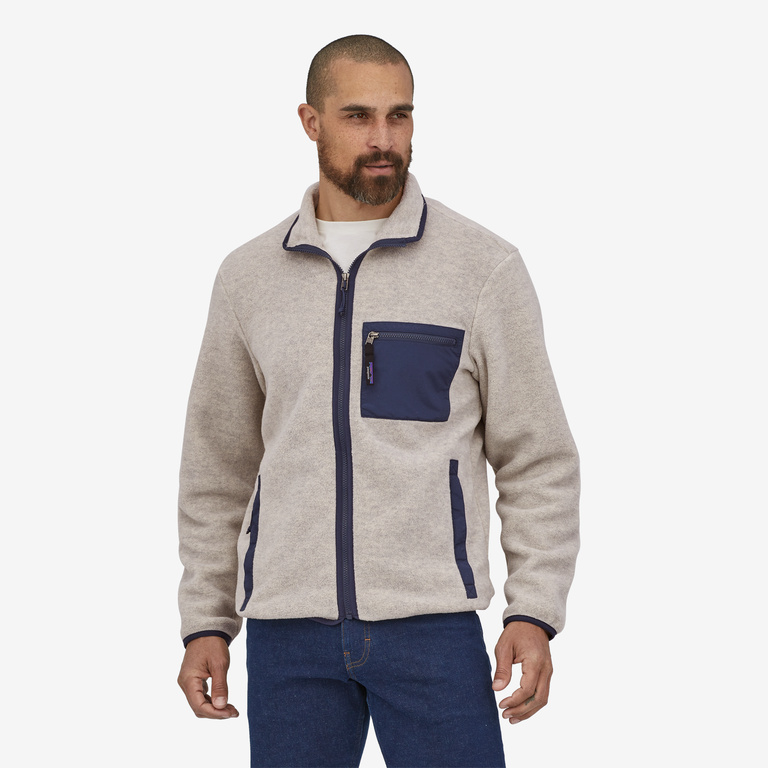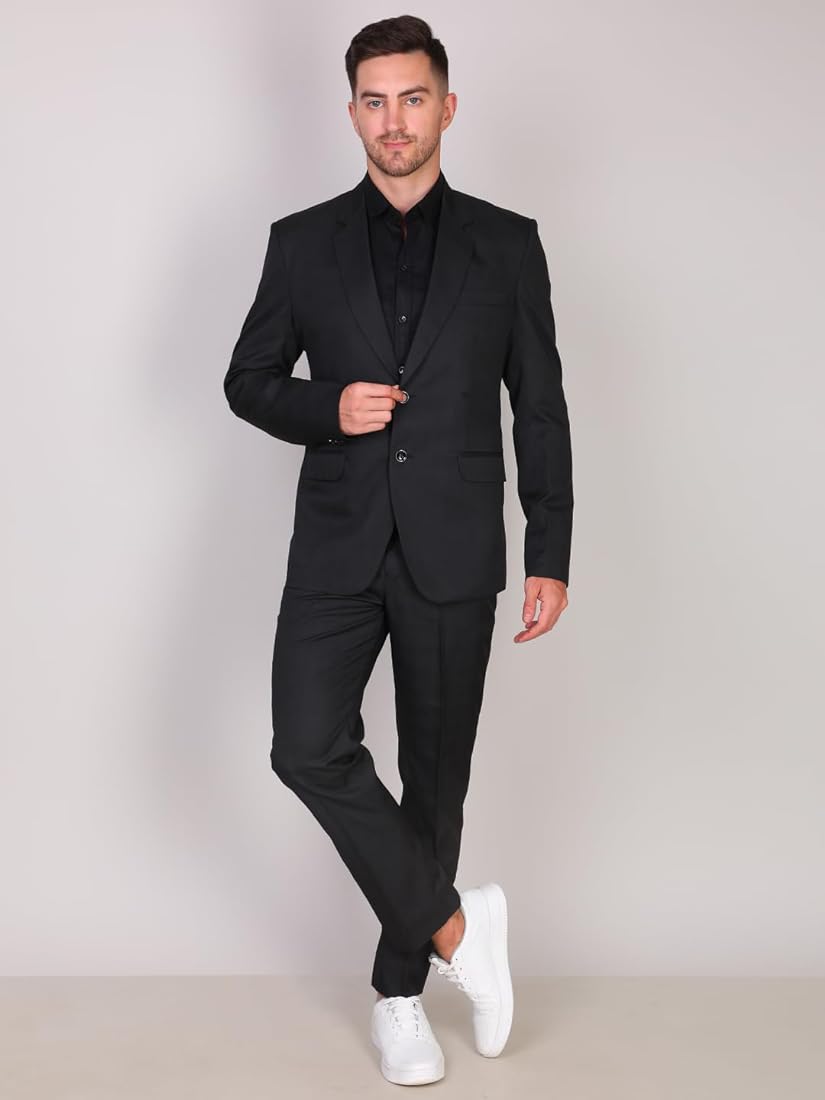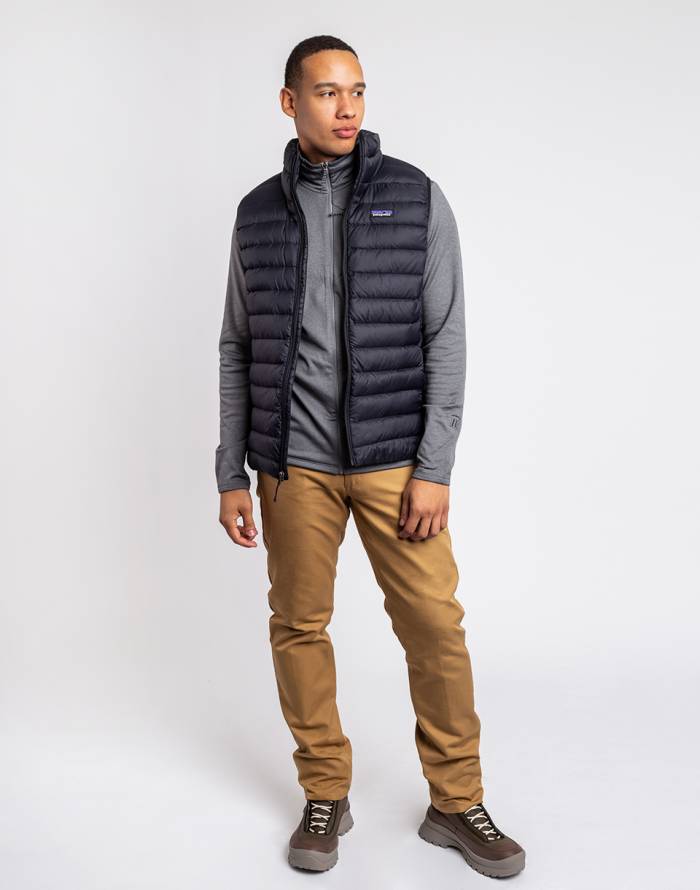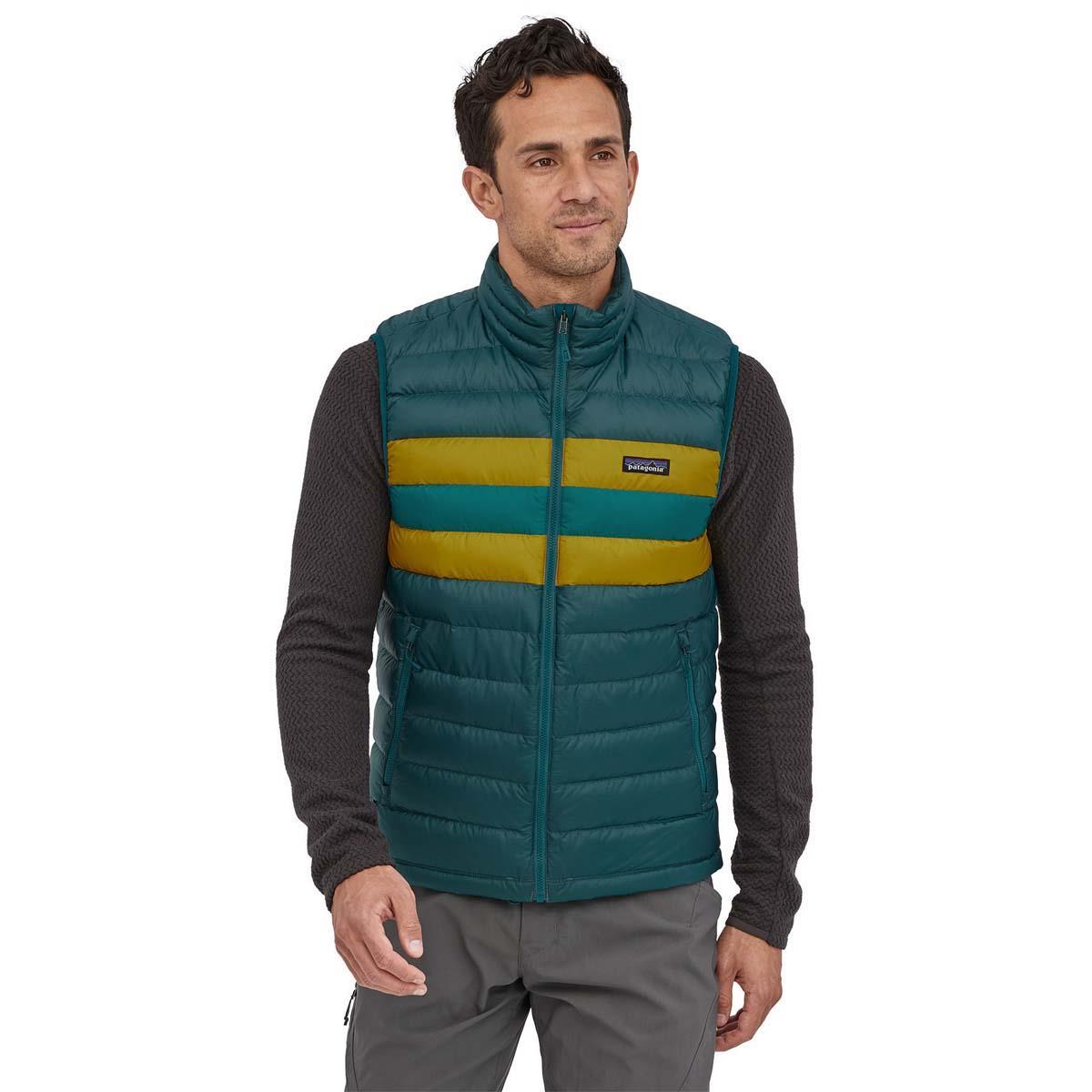I. Introduction: Embracing the Warmth and Comfort of Fleece Jackets
A. A Fabric for Everyday Life: The Rise of Fleece
Fleece has become a ubiquitous element in men’s outerwear, surpassing its initial use in sportswear. Its unique blend of warmth, comfort, and versatility makes it perfect for various activities, from casual strolls to outdoor adventures. The lightweight, breathable, and quick-drying properties of fleece ensure year-round comfort, making it a favorite fabric for active lifestyles.
B. Beyond Functionality: Style Meets Comfort in Fleece Jackets
Fleece jackets transcend their functionality, offering a range of styles to cater to diverse preferences. From the classic zip-up to the stylish pullover, fleece jackets come in a variety of colors and designs, allowing men to express their personal style while embracing comfort. Whether you seek a sporty aesthetic or a more relaxed vibe, there’s a fleece jacket out there to complement your look.

II. Exploring Popular Fleece Jacket Styles for Men
A. The Timeless Classic: The Fleece Zip-Up
The fleece zip-up stands as a cornerstone of the fleece jacket world. Its versatility makes it a staple for everyday wear. The full-zip closure offers adjustable warmth, allowing you to wear it on its own in mild weather or layer it with other pieces for colder temperatures. With a wide variety of colors and styles available, the fleece zip-up seamlessly integrates into various outfits, making it a must-have in any man’s wardrobe.
B. The Epitome of Casual Comfort: The Pullover Fleece
For those seeking a relaxed and casual vibe, the pullover fleece offers the perfect solution. Its lack of a zipper creates a streamlined look and effortless layering. The pullover fleece is ideal for lounging around the house or enjoying leisurely activities. Its comfortable feel and classic design ensure cozy relaxation, making it a popular choice for casual weekends and evenings.
C. The Layering Essential: The Fleece Vest
The unsung hero of the fleece family, the fleece vest is a versatile layering piece. Its sleeveless design adds a layer of warmth and insulation without adding bulk. This makes it ideal for chilly mornings or evenings, providing an extra layer of protection under a jacket or coat. The fleece vest is a practical addition to any wardrobe, allowing you to adapt to changing weather conditions with ease.

III. Understanding Fleece Types and Weights
A. Microfleece: Lightweight Breathability for Mild Weather
Microfleece, the lightest and most breathable type of fleece, is ideal for mild weather activities. Its soft texture and ability to wick away moisture make it comfortable for everyday wear. When layered under other jackets, microfleece provides additional warmth without sacrificing breathability, making it a great choice for activities where you might exert yourself.
B. Polar Fleece: Finding Balance Between Warmth and Performance
Polar fleece offers a perfect balance between warmth and performance. This type of fleece is slightly heavier than microfleece, providing a noticeable increase in insulation without compromising breathability. This versatility makes it suitable for a wider range of activities, from hiking on crisp autumn days to running errands in cool spring weather.
C. Sherpa Fleece: The Champion of Warmth and Comfort
For those seeking the ultimate in warmth and comfort, sherpa fleece reigns supreme. This thickest and warmest type of fleece boasts a plush, sheepskin-like texture that guarantees exceptional comfort. Sherpa fleece jackets are ideal for cold weather activities like skiing or snowshoeing, providing an extra layer of insulation to combat harsh winter elements.

IV. Selecting the Right Fleece Jacket for Your Needs
A. Matching Activity and Weather Conditions: A Perfect Fleece Fit
Choosing the right fleece jacket depends on its intended use and the weather conditions. For mild weather, a microfleece zip-up or pullover offers a comfortable option. If you anticipate cooler temperatures, opt for a polar fleece jacket. For extreme cold, a sherpa fleece vest or jacket provides exceptional warmth.
B. Finding the Perfect Fit: Comfort and Flattery Go Hand in Hand
Always try on a fleece jacket before purchasing to ensure a comfortable and flattering fit. The sleeves should reach your wrists comfortably, and the overall fit should allow for layering without feeling bulky. Look for a jacket that feels soft against your skin and allows for a full range of motion.
C. Prioritizing Quality and Durability: An Investment in Comfort
Investing in a high-quality fleece jacket made from durable materials ensures long-lasting comfort and performance. Opt for reputable brands known for using superior fleece that maintains its warmth and breathability over time. Consider features like reinforced stitching and high-quality zippers to ensure your fleece jacket becomes a reliable companion for years to come.

V. Caring for Your Fleece Jacket: Ensuring Long-Lasting Comfort
A. Proper Cleaning and Maintenance: Keeping Your Fleece Fresh
Following the care instructions on the garment label is crucial for maintaining the quality and performance of your fleece jacket. Most fleece jackets can be machine-washed on a gentle cycle with cold water. Avoid using harsh detergents or fabric softeners, as these can damage the fleece fibers and reduce their effectiveness in wicking away moisture. Opt for a gentle detergent specifically designed for synthetic fabrics.
B. Air Drying is Key: Preserving the Fluffiness of Fleece
Air drying is the preferred method for drying fleece jackets. High heat from dryers can shrink or damage the fleece fibers, compromising their warmth and breathability. Hang the jacket on a sturdy drying rack or lay it flat on a clean surface to air dry completely. Avoid exposing it to direct sunlight for extended periods, as this can fade the color over time.
C. Proper Storage: Maintaining Shape and Preventing Damage
When not in use, store your fleece jacket in a cool, dry place away from direct sunlight. Avoid hanging it on a wire hanger, as this can stretch the shoulders. Fold the jacket neatly or hang it on a wide hanger to maintain its shape. You can also store your fleece jacket in a breathable mesh laundry bag to protect it from dust and moisture.

VI. Conclusion: The Enduring Appeal of Fleece Jackets
Fleece jackets offer a unique combination of warmth, comfort, and versatility, making them a valuable addition to any man’s wardrobe. From the classic zip-up to the cozy pullover, there’s a fleece jacket style to suit your needs and preferences. With proper care and maintenance, your fleece jacket will become a cherished companion, offering years of comfortable warmth for everyday adventures, relaxation, and outdoor activities. So, embrace the comforting embrace of fleece and discover the perfect jacket to elevate your casual style and keep you cozy throughout the year.












































